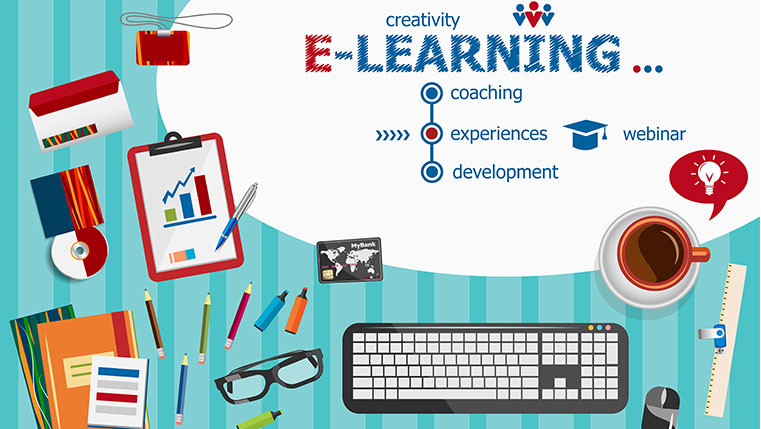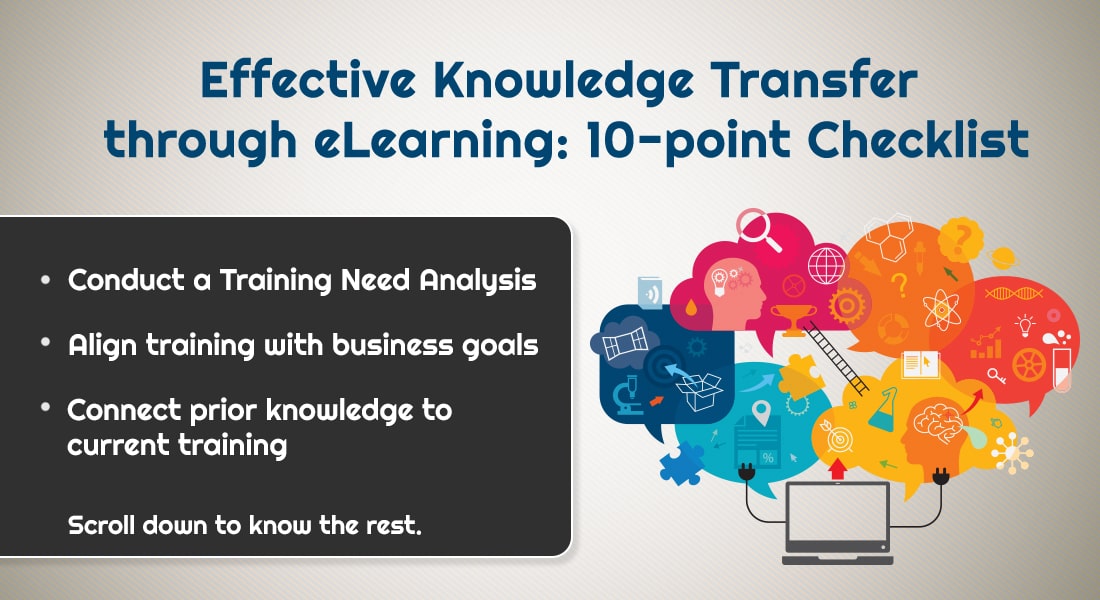Elements of Storyboards for Designing Interactive E-Learning
This blog shares the ingredients that go into making the perfect storyboard for your e-learning courses.

From desktops to mobiles, e-learning has come a long way and gained a lot of popularity. The foundation of any good e-learning course is a good storyboard. An e-learning storyboard is a document which combines instructions on using video, text, audio elements, still photos, graphics, and interactivities wherein the information in each of these mediums complements the main message. All these elements play a vital role in designing an effective storyboard. In fact, a storyboard is the blueprint of an online course.
A storyboard should be clear and accurate so that clients, editors, and the production team can understand it easily. To quote David Becker, Principal Consultant at Becker Consulting, “The storyboard’s primary value is that it forces you to have a reason for and a consistent approach to everything you do.”
Given that a well-written storyboard is a critical component of creating superior quality eLearning courses, here are a few important elements you need to consider at the storyboard level:
- Learning objectives
- A brief description of the course navigation
- A detailed description of how interactions should be designed
- Instructional strategies to guide learners
- Information on audio cues such as music or sound effects along with file names
- A proper format that arranges the lessons or topics
- Accurate feedback for assessments
A storyboard template usually contains basic areas such as:

- Title: This area usually contains the name of a unit, topic, or module.
- Screen Number: Signifies the number of the screens or slides in the course.
- Proposed Graphics/Visuals: Visuals, graphics, video clips, etc. are shown in this area. Text can also be included here.
- Audio: Audio scripts, name of music files, sound effects, etc. are included in this area.
- Interaction Area: This area describes the interactions on each screen. A wide variety of activities can be provided.
Given below are some additional tips to be kept in mind while developing an e-learning storyboard:
- Make the storyboard learner-centric. This might sound simplistic, but many instructional designers sometimes lose track of this simple fact. Always keep the learner in mind.
- Ensure that an effective instructional strategy is applied globally throughout the course.
- Content flow and the final quiz need to be aligned with the learning objectives.
- Structured learning objectives must help the learner understand the course.
- Ensure the screen is not cluttered excessively with graphics and content.
Developing a well-crafted storyboard is critical to the development of an effective e-learning course. By having a storyboard, you communicate your visualization ideas to courseware developers and clients and also create a blueprint of what your course will look like. Storyboards are important – use them well!


![E-learning Development: 6 Benefits of Using Storyboards [Infographic] E-learning Development: 6 Benefits of Using Storyboards [Infographic]](https://blog.commlabindia.com/hs-fs/hubfs/Imported_Blog_Media/storyboards-elearning-development-infographic.png?width=650&height=1100&name=storyboards-elearning-development-infographic.png)



